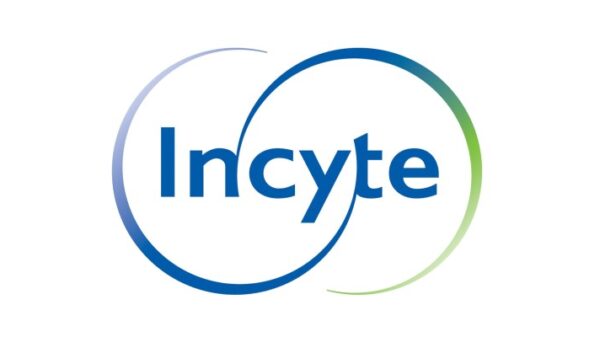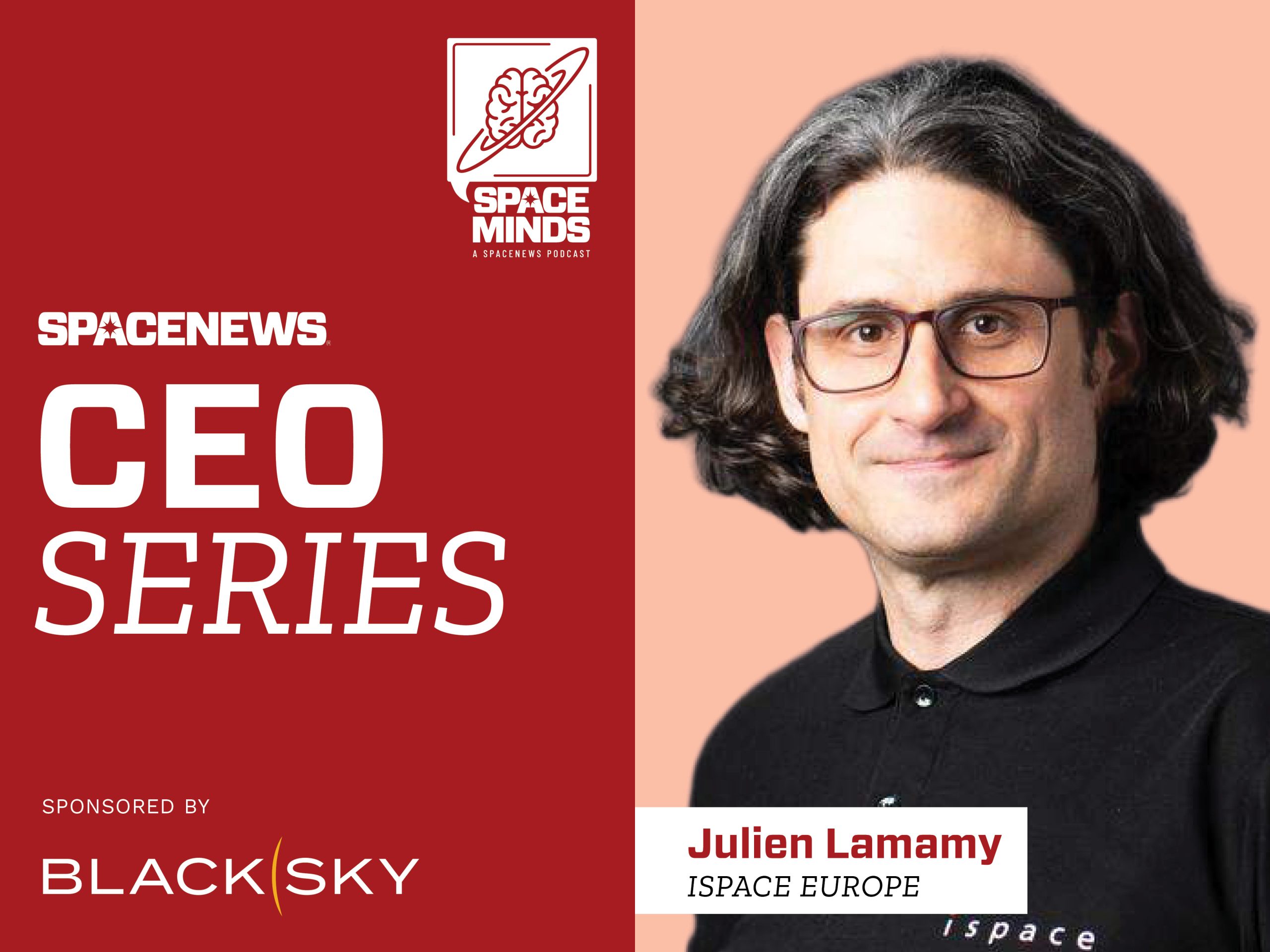At the World Space Business Week in Paris, Julien Lamamy, Managing Director of ispace Europe, discussed the company’s innovative approaches to lunar exploration and the development of cost-effective technologies. The conversation highlighted key projects, including the first rover and the upcoming MAGPIE mission, which aims to explore hydrogen resources on the Moon. This dialogue illustrates how the European space industry is evolving and embracing a new era of exploration.
Innovative Approaches to Lunar Exploration
Founded in 2015, ispace Europe has made significant strides in its efforts to establish a global presence in the space industry. Lamamy noted that the company celebrated its eighth anniversary this year, while its parent organization, ispace, marked 15 years. The focus of ispace Europe lies in developing technologies for lunar surface mobility, such as their recently tested rover. This rover was successfully launched on a mission to lunar orbit, where it underwent extensive checks to validate its operations.
Lamamy emphasized that the rover’s development involved a strategy of efficiency, identifying areas where traditional space agencies like NASA and the European Space Agency (ESA) might spend more time on documentation and analysis. By cutting corners in these areas, ispace was able to achieve a functional rover that met operational standards, which will inform future projects.
Introducing the MAGPIE Mission
The MAGPIE mission represents a pivotal step in European lunar exploration. Designed to investigate hydrogen on the Moon, this small 30-kilogram rover will use advanced instruments, including a radar and a neutron spectrometer, to analyze the subsurface geological context. Lamamy explained that the mission aims to answer critical questions about the presence of hydrogen, determining its molecular form and potential applications.
Recent progress for MAGPIE includes passing two significant reviews and advancing to the next phase of development. Lamamy anticipates that the upcoming ESA ministerial council meeting in November will secure funding for the mission, potentially leading to a launch in the late 2020s.
Collaboration will be a cornerstone of the MAGPIE project, as ispace Europe seeks partnerships with various national space agencies and organizations, including JAXA, the Japanese Space Agency. This collaborative approach is indicative of a broader trend in European space exploration, where innovative partnerships are key to advancing complex missions.
The Future of the Lunar Economy
The lunar economy is gaining traction, with increasing engagement from both governmental and private sectors. Lamamy pointed out that when he joined ispace eight years ago, there was minimal interest in space resources. Now, the landscape has dramatically shifted, with over seventy companies operating in Luxembourg alone, aiming to leverage lunar resources.
Lamamy noted that traditional business models in sectors like telecommunications and transportation can seamlessly transition to lunar operations, paving the way for new industries focused on resource extraction and utilization. The interest in resources, such as helium-3, further underscores the potential economic benefits of lunar exploration.
Luxembourg’s Role as a Space Hub
Luxembourg has emerged as a significant player in the global space sector, thanks in part to its successful initiative to attract space resources companies. Launched in 2016, this initiative aimed to position Luxembourg as a leader in the burgeoning field of space mining and resource utilization. Lamamy expressed optimism that over the next five years, the ecosystem in Luxembourg will continue to grow, fostering collaboration among companies and strengthening the national space strategy.
Looking ahead, Lamamy articulated a vision for ispace Europe that centers on influencing exploration strategies and showcasing how smaller companies can contribute significantly to lunar access and resource development. With the upcoming ESA ministerial council poised to shape European lunar ambitions, the future appears promising for ispace Europe and its innovative endeavors.
As the space sector evolves, ispace Europe’s efforts serve as a beacon of progress, demonstrating how cost-effective and collaborative approaches can pave the way for future discoveries on the Moon and beyond.







































































